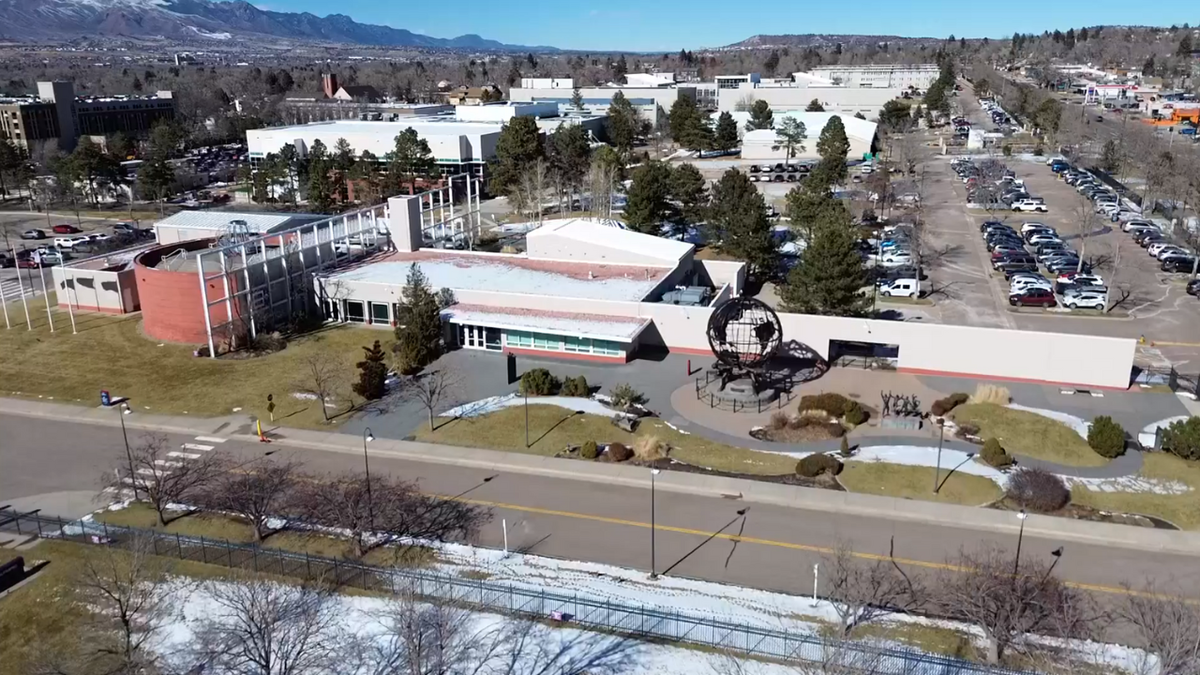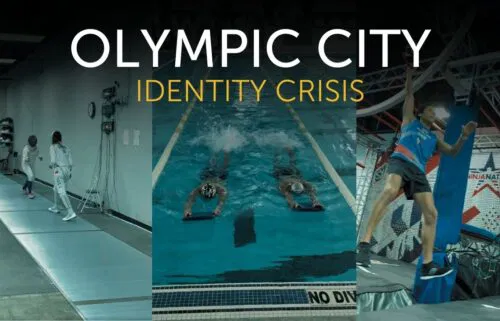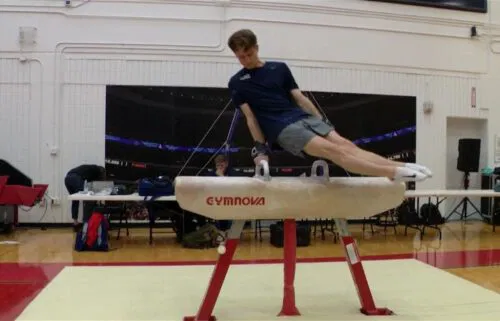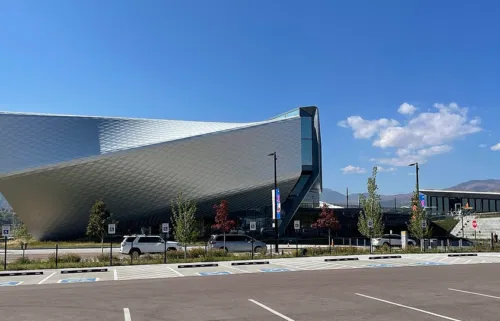Why the USOPC moved to Colorado Springs in the late 70s

COLORADO SPRINGS, Colo. (KRDO) -- Sports fans know that the road for many American gold medalists runs through Colorado Springs. Hundreds of Olympic athletes are constantly training in the Springs at the Olympic Training Center, and you might even see them on local trails like the Manitou Incline.
It hasn’t always been that way -- in fact, the whole concept of having an "Olympic training center" is relatively new. It wasn't built in Colorado Springs until the city made a perfect, timely pitch to the U.S. Olympic Committee following a move from the Air Force, and a president signed off on a crucial bill.
It all started in 1976. The Americans were embarrassed, losing to the Russians in the medal count for the second straight Olympics. So, in 1978, President Carter signed the Amateur Sports Act following a commission on Olympic Sports. The USOC, now named the USOPC for the U.S. Olympic and Paralympic Committee, was put in charge of amateur sports and was assigned to find a location for a first-of-its-kind Olympic training center.
There were two cities putting in bids at the top of the list: Colorado Springs and Baton Rouge, Louisiana.
"The city of Colorado Springs said: 'We have this vacant Ent Air Force Base. We want you. We're willing to lease it to you for $1 a year.' And I think that first contract was for ten years," said Teresa Hedgpeth, USOPC director of archives and historian from 2012 to 2020.
Ent Air Force Base was the first home of NORAD in Colorado Springs. It had just been left vacant when it was decommissioned as a base in 1976 and NORAD moved to Cheyenne Mountain. The city wanted to put it to good use.
With that $1 incentive package, the vast amount of land that the USOC could build and use from the previous Air Force base, the sunny weather, and the high-altitude training, the Springs became the clear number-one choice. Right away, the USOC, with a staff of roughly five people, moved everything from New York City to Colorado Springs.
"Former US representative and two-time gold medalist in men's decathlon (1948-1952) Bob Mathias was tasked to lead to the new training center. Shortly thereafter, Olympic House moved from 57 Park Avenue in New York to the new training center, thus severing the ties with the AAU, which was also headquartered in New York," said Hedgpeth.
"We start training our very first athletes almost immediately, as soon as we hit the ground," she said.




